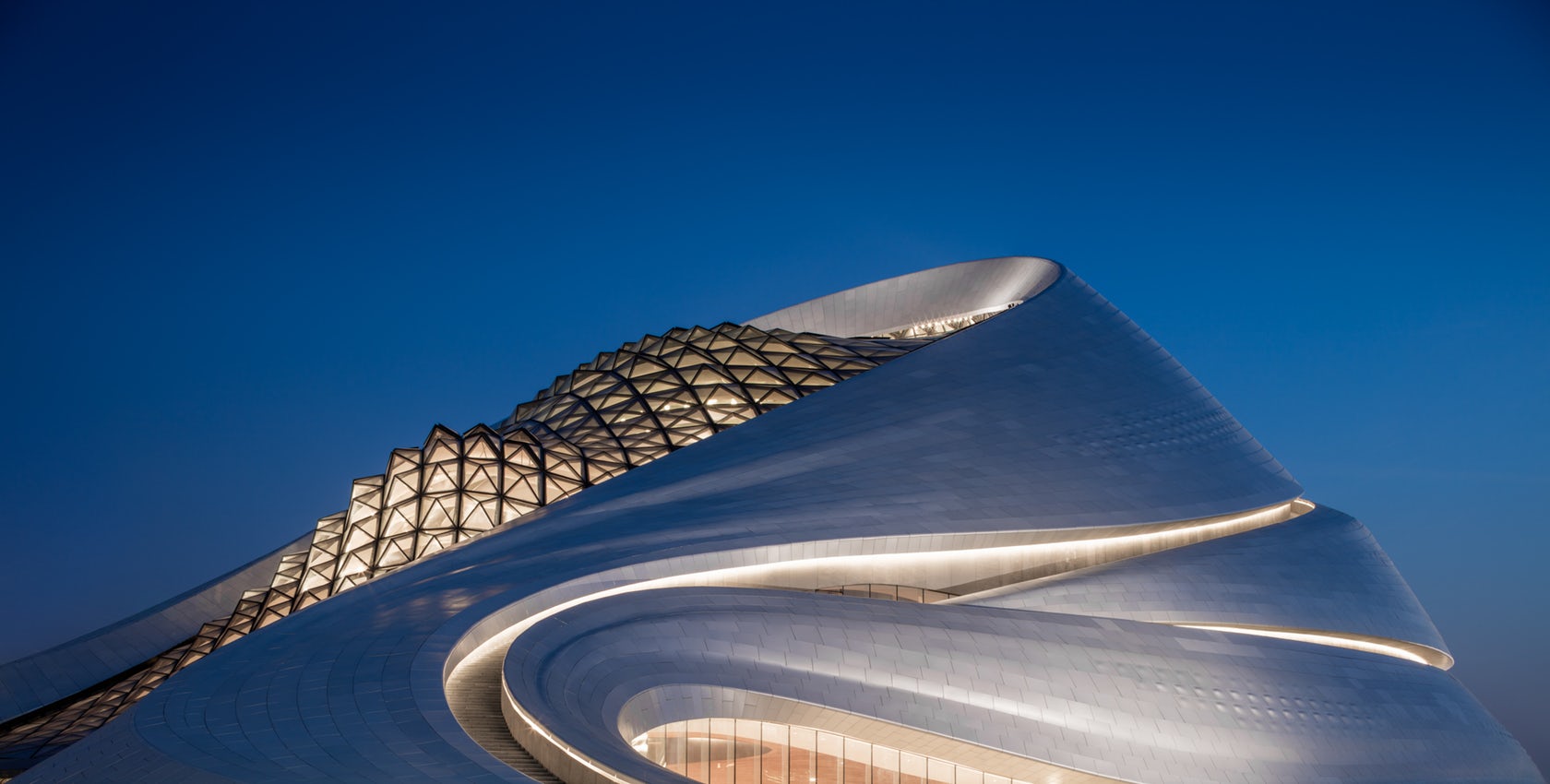It’s no secret that Scandinavia aims to take the lead in sustainable design. After all, if green buildings can be successfully constructed in their extreme climates, then these strategies can surely be applied anywhere. Norway — a global front-runner in oil production and hydroelectric energy — is on its way to setting a precedent for a new industry: energy-positive architecture.
At least that’s what Powerhouse, a collaboration of Nordic companies dedicated to the task, hopes to accomplish in the small city of Porsgrunn, home to a population of 35,000 people. Upon completion in February 2019, Powerhouse Telemark, an office building designed by Snøhetta, will become the most northern net-positive structure in the world.
Video via R8 Edge
At 11 stories tall, the 70,000-square-foot building will be constructed in the shape of a diamond, a decision shaped by site and environmental conditions. The building’s highest point, closest to the hill behind it, is a green façade in which local artists can envision the meaning of sustainability. A dramatic sloped roof faces south and features an open, vegetated terrace for public use. This design maximizes the building’s ability to capture solar energy. Solar cells, heat exchangers and heat pumps together produce electricity and heat. In effect, Powerhouse Telemark will produce more energy than it consumes.
“I hope we will be plagiarised and copied, replicated in all seven continents,” said Emil Eriksrød, CEO of R8 Property, the company developing the project. “This building should do wonders for lowering the bar for daring to do both spectacular and environmentally forward buildings, hopefully in a combination.”

R8 Property is working alongside Snøhetta, Entra Eiendom, Skanska, the environmental NGO ZERO, the aluminum company Hydro, the aluminum profile company Sapa og and the consulting firm Asplan Viak. These seven companies make up the Powerhouse collaboration. Powerhouse defines its projects by their capability to produce more clean and renewable energy than needed for construction, production and transportation of building materials and operation over a period of 60 years.
“Just imagine,” said Eriksrød, “when Porsgrunn has the customer base for such a building; imagine how many other places that have the same potential. There are tens of thousands of cities with a bigger population in the world.”

Tenants of Powerhouse Telemark will have access to office facilities, a foyer, gym, canteen and the roof terrace. All materials used on the building will have a low-embodied energy.
“The combination of extreme energy performance and a favorable indoor climate, low environmental impact and robust solutions at commercial terms requires a different approach than in most traditional building projects,” said Kim Robert Lisø, Chief Innovation Officer at Skanska and Managing Director of Powerhouse. “Buildings that produce the same or greater amount of energy than they consume could be an important contribution to reducing global energy consumption and consequently also greenhouse gas emissions.”

Powerhouse currently has four projects under its belt including the Telemark design. Expect to see more innovative and industry-enhancing designs from them in the near future.
All Images via Snøhetta




